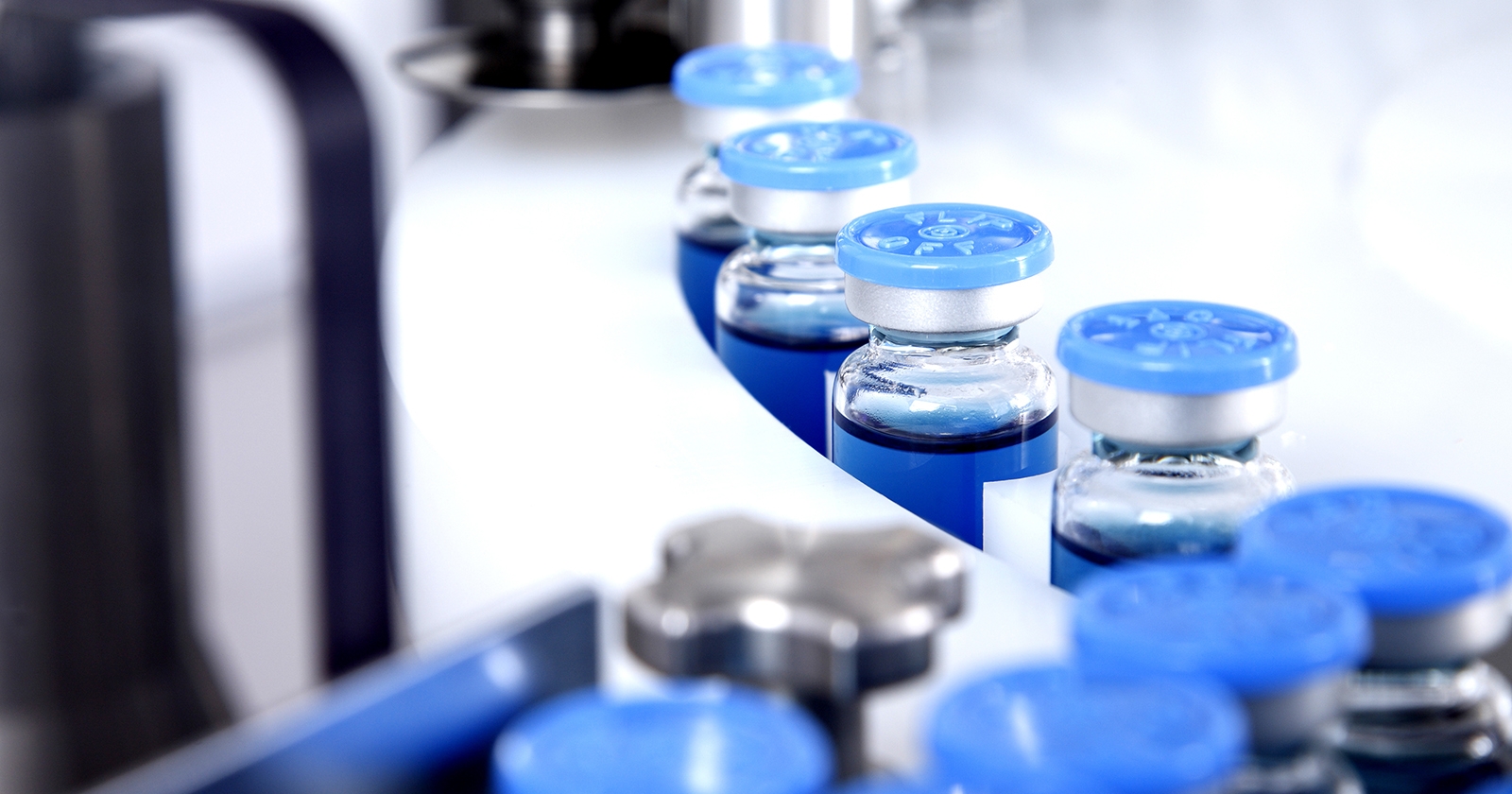The realm of pharmaceutical manufacturing is constantly evolving, driven by advancements in chemistry, manufacturing, and controls (CMC). These innovations play a crucial role in enhancing efficiency and ensuring the highest standards of quality in the production of life-saving medications. From novel synthetic routes to cutting-edge analytical techniques, the landscape of pharmaceutical manufacturing is undergoing a profound transformation. In this blog post, we’ll explore some of the most impactful innovations in CMC and their role in shaping the future of pharmaceutical manufacturing.
Synthetic Chemistry: Revolutionizing Drug Development
Synthetic chemistry lies at the heart of pharmaceutical manufacturing, enabling the creation of complex molecules with precise structural characteristics. Recent innovations in synthetic chemistry have revolutionized drug development by offering more efficient and sustainable synthetic routes. For example, the development of novel catalysts and reaction conditions has streamlined key synthetic steps, reducing the overall number of synthetic operations and minimizing waste generation. Additionally, advances in flow chemistry and automation have enabled the rapid synthesis of diverse compound libraries, accelerating the drug discovery process and expanding the scope of potential therapeutic targets.
Process Analytical Technology (PAT): Real-Time Monitoring for Quality Assurance
Process Analytical Technology (PAT) represents a paradigm shift in pharmaceutical manufacturing, allowing for real-time monitoring and control of critical process parameters. By integrating advanced analytical techniques such as spectroscopy, chromatography, and mass spectrometry directly into manufacturing processes, PAT enables continuous quality assurance and process optimization. This proactive approach to quality control not only ensures the consistency and reproducibility of pharmaceutical products but also reduces the likelihood of batch failures and product recalls. Moreover, PAT facilitates the implementation of Quality by Design (QbD) principles, enabling manufacturers to design robust processes with built-in flexibility and adaptability.
Continuous Manufacturing: Enhancing Efficiency and Flexibility
Traditional batch manufacturing processes are often characterized by long cycle times, complex logistics, and significant material waste. In contrast, continuous manufacturing represents a transformative approach that offers unparalleled efficiency and flexibility. By continuously feeding raw materials into a streamlined production line, manufacturers can achieve higher throughput, reduced operating costs, and enhanced product quality. Continuous manufacturing also enables real-time process monitoring and control, allowing for rapid adjustments to optimize yield and minimize variability. As a result, pharmaceutical companies are increasingly adopting continuous manufacturing platforms for the production of both small-molecule drugs and biologics, revolutionizing the way medications are manufactured and delivered to patients.
Quality by Design (QbD): A Systematic Approach to Product Development
Quality by Design (QbD) is a systematic approach to pharmaceutical development that emphasizes the importance of understanding and controlling product and process variability. By integrating scientific principles, risk assessment, and quality management tools into the product development lifecycle, QbD enables manufacturers to design robust processes that consistently meet predefined quality targets. Key elements of QbD include the identification of critical quality attributes (CQAs), the establishment of design space and control strategies, and the implementation of continuous improvement initiatives. By adopting a QbD approach, pharmaceutical companies can mitigate risks, reduce development time, and ensure the timely delivery of safe and effective medications to patients.
Advanced Manufacturing Technologies: Pushing the Boundaries of Possibility
In addition to the aforementioned innovations, advanced manufacturing technologies are pushing the boundaries of what is possible in pharmaceutical manufacturing. For example, 3D printing technology has emerged as a promising tool for the fabrication of personalized dosage forms and complex drug delivery systems. By precisely controlling the composition, porosity, and drug release kinetics of printed formulations, 3D printing enables the development of customized medications tailored to individual patient needs. Similarly, nanotechnology is revolutionizing drug delivery by allowing for the targeted delivery of therapeutics to specific sites within the body. Nanoparticle-based drug delivery systems offer improved bioavailability, enhanced therapeutic efficacy, and reduced side effects compared to conventional dosage forms.
Final Thoughts:
Innovations in chemistry, manufacturing, and controls are driving unprecedented advancements in pharmaceutical manufacturing, enabling the production of safer, more effective medications with greater efficiency and reliability. From novel synthetic routes and real-time process monitoring to continuous manufacturing platforms and advanced manufacturing technologies, the landscape of pharmaceutical manufacturing is undergoing a profound transformation. By embracing these innovations and adopting a holistic approach to quality assurance and process optimization, pharmaceutical companies can meet the evolving needs of patients and healthcare providers while maintaining the highest standards of safety and efficacy.
Looking to streamline your pharmaceutical manufacturing process with cutting-edge innovations? Look no further than Nano Hemp Tech Labs, a trusted brand pioneering advancements in chemistry, manufacturing, and controls. Our wholesale solutions ensure efficiency and quality, optimizing your production while meeting the highest standards. Contact our representative via Zoom at https://us04web.zoom.us/chat/invite/0cEOv-Q96lZoR_3P to learn more.
Reference:
- Azad, M., Olawuni, D., Kimbell, G., Badruddoza, A., Hossain, M., & Sultana, T. (2020). Polymers for extrusion-based 3d printing of pharmaceuticals: a holistic materials–process perspective. Pharmaceutics, 12(2), 124. https://doi.org/10.3390/pharmaceutics12020124
- Cole, K., Groh, J., Johnson, M., Burcham, C., Campbell, B., Diseroad, W., … & Gowran, O. (2017). Kilogram-scale prexasertib monolactate monohydrate synthesis under continuous-flow cgmp conditions. Science, 356(6343), 1144-1150. https://doi.org/10.1126/science.aan0745
- Gadipelly, C., Pérez-González, A., Yadav, G., Ortiz, I., Ibáñez, R., Rathod, V., … & Marathe, K. (2014). Pharmaceutical industry wastewater: review of the technologies for water treatment and reuse. Industrial & Engineering Chemistry Research, 53(29), 11571-11592. https://doi.org/10.1021/ie501210j
- Harrison, R. and Chauhan, V. (2017). Enhancing cell and gene therapy manufacture through the application of advanced fluorescent optical sensors (review). Biointerphases, 13(1). https://doi.org/10.1116/1.5013335
- Hyer, A. (2024). Continuous manufacturing of active pharmaceutical ingredients: current trends and perspectives. Advanced Synthesis & Catalysis, 366(3), 357-389. https://doi.org/10.1002/adsc.202301137
- Lee, S., O’Connor, T., Yang, X., Cruz, C., Chatterjee, S., Madurawe, R., … & Woodcock, J. (2015). Modernizing pharmaceutical manufacturing: from batch to continuous production. Journal of Pharmaceutical Innovation, 10(3), 191-199. https://doi.org/10.1007/s12247-015-9215-8
- O’Connor, T., Yu, L., & Lee, S. (2016). Emerging technology: a key enabler for modernizing pharmaceutical manufacturing and advancing product quality. International Journal of Pharmaceutics, 509(1-2), 492-498. https://doi.org/10.1016/j.ijpharm.2016.05.058
- Rantanen, J. and Khinast, J. (2015). The future of pharmaceutical manufacturing sciences. Journal of Pharmaceutical Sciences, 104(11), 3612-3638. https://doi.org/10.1002/jps.24594
- Veleva, V., Cue, B., & Todorova, S. (2017). Benchmarking green chemistry adoption by the global pharmaceutical supply chain. Acs Sustainable Chemistry & Engineering, 6(1), 2-14. https://doi.org/10.1021/acssuschemeng.7b02277
- Zhong, S., Liang, S., Zhong, Y., Zheng, Y., & Wang, F. (2022). Measure on innovation efficiency of china’s pharmaceutical manufacturing industry. Frontiers in Public Health, 10. https://doi.org/10.3389/fpubh.2022.1024997







